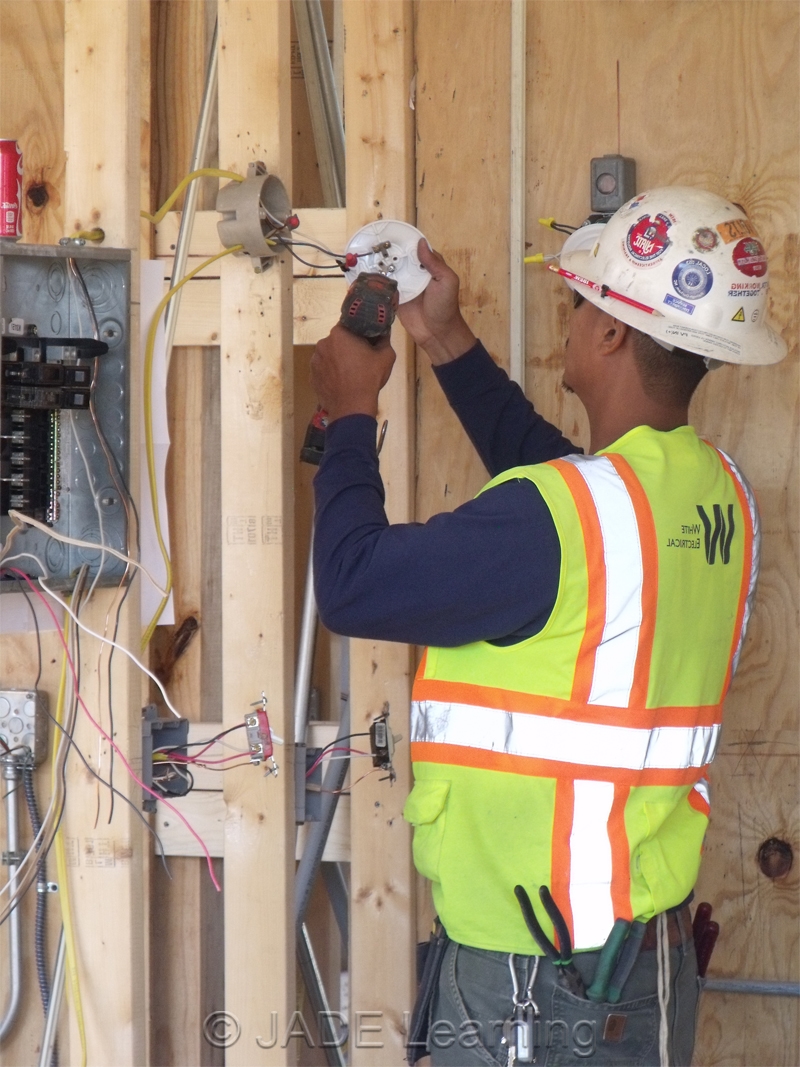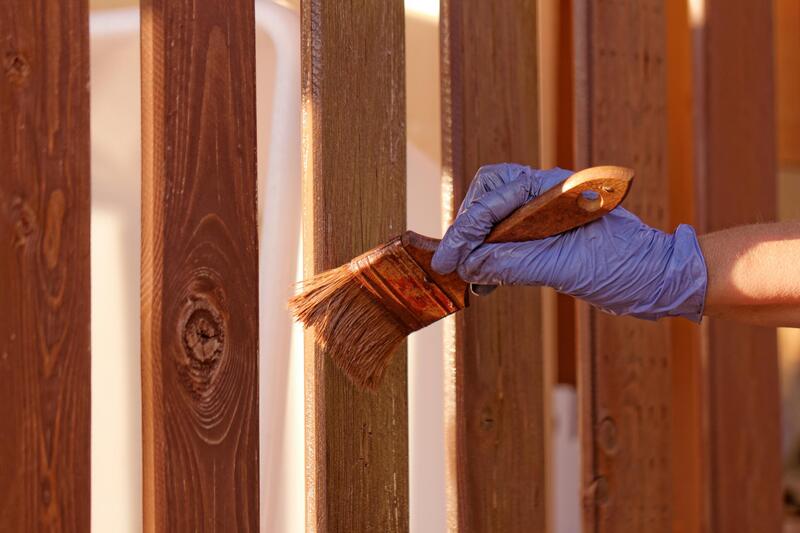
Do you plan to paint the exterior of your home? A professional house painter may be a better choice than hiring someone to paint your exterior. This article will guide you through the process of choosing a painter, preparing your home for the project, and getting started. Hiring a professional has several advantages. Here are some tips to help you choose a painting contractor.
DIY house painters exterior
Many homeowners paint their homes themselves. But if you don't have the skills, hiring a professional may be the best option. Painting exterior houses is difficult and time-consuming. Pay special attention to shutters, window ledges, and wood clapboards. Be sure to repair damaged shutters and window ledges before you begin painting. Once you've painted your exterior, you can start other projects.
As long as the paint is still in good condition, you can paint over it. However, it is important to remove any flaking, blistered, or damaged paint before painting. Alternately, prime the wood. To apply exterior paint, you have the option of using a brush or a roller. For narrow surfaces, a paintbrush is best. Large surfaces require a roller. Regardless of the type of tool you use, you should be able to find a brush and paintbrush that match the surface's color.

A professional painter is a good idea.
A professional house painter can bring many benefits to the job. Professional house painters have all of the equipment necessary to complete the job. This means that you don’t have to spend money on expensive equipment such as brushes or worry about taking out outlet covers. You will also be able to save your precious time cleaning up any mess. Not only will you save time, but also money. Hiring a professional house painter will give you peace of mind. This will allow you to focus on other aspects of your life.
Preparing your home for painting is a must before you hire a professional. Be sure to get rid of all personal items and furniture. Paint will flow more quickly if you have no distractions. You should ensure that your pets are safe. You might also consider moving obstructions so that the painters don't have to worry about them.
Preparing your home to paint
Examining the exterior of your home is the first step to home painting preparation. This can help you identify any problems, from popped nails to water stains. You should also look for mold, dinginess, and general wear and tear. Knowing what you need to do is key to solving a problem quickly. You can do this by creating a list and separating it.
Restoring rotting or decaying wood or rusted steel is an important part of exterior home prep. Repair any infestations and replace caulk. After this step is completed, you can begin painting. The final step in home painting preparation is removing all wall-hanging materials. This step will ensure a smooth, professional finish. Be sure to get rid of any wall decorations that may have fallen during the process.

Choose a painting contractor
There are many aspects to consider when choosing a contractor for house painting. Not all of them are created equally, so you may have to do some legwork to choose the best one. Fortunately, the Internet is a valuable resource when it comes to choosing a painting contractor. Many online reviews and ratings are available for contractors and companies. They also provide an instant and detailed insight into how the painter did their job. You can also read customer testimonials and evaluate their tools and efficiency. Our free guide to hiring painters will help you ensure that you choose the right one.
After choosing a contractor, you need to look for a friendly and professional person to do the job. Experienced painters may have answered hundreds if not thousands of questions from their clients. However, contractors with excellent customer service etiquette can answer your questions as if it were their first. Make sure to ask whether a house painting contractor is willing to take down wallpaper or perform repairs. It is important to find a contractor who has multiple skills and can meet client expectations.
FAQ
Where can I find more information about building permits?
Contact your local government agency (e.g., NSW Local Government Association) for more information. They should be able to advise you about what steps you need to take to obtain permission to build.
Do I need to sign anything before I start work?
Yes, the SCA must be signed in both cases. This means that one party cannot change their mind without the consent of another.
How do I submit a building permit application?
You will also need to show proof of your SCA.
-
Visitors will find enough parking space.
-
They are also suitable for those who need to access them.
-
Any utilities are accessible; and
-
All works comply with relevant planning regulations.
How do I obtain a service-contract agreement?
You can get a standard SCA form at your local government. Alternatively, you could use our online quote generator to find out more information about your requirements and then send us your details so we can contact you with further information.
Statistics
- Don't take their anger personally, they are mad about the situation 99% of the time. (activatemylicense.com)
- (d) Contractor disputes related to compliance with its obligation shall be handled according to the rules, regulations, and relevant orders of the Secretary of Labor (see 41 CFR60-1.1). (acquisition.gov)
- (ii) Name, address, and telephone number of each proposed first-tier subcontractor with a proposed subcontract estimated at $10 million or more. (acquisition.gov)
- (1) Ascertain the extent to that offers are based on the payment of overtime and shift premiums; and (2) Negotiate contract prices or estimated costs without these premiums or obtain the requirement from other sources. (acquisition.gov)
- While we offer all our high-quality services at competitive prices, we know that many who need our services are on fixed incomes, so we offer a 10 percent discount for seniors and military members. (homeservicecontractorsinc.com)
External Links
How To
What should a service contract include?
An SA is a key component of any business relationship. It will outline what you expect and how it will be achieved. The SA also defines when and where you expect the other party to deliver on its contractual obligations.
The key elements of a successful SA are:
-
The scope of work and services required by both parties.
-
Information about payment terms, including the start and end dates for delivery of goods/services.
-
An agreed price for your project.
-
Any additional costs such as VAT etc.
-
Discuss any other matters.
-
Who will take care of the job if it goes wrong?
-
How to resolve disputes
-
What happens to a contract breached by one party?
-
What happens in case of dispute.
-
When does the contract come into effect?
-
What happens if one or both of the parties fail to perform.
-
What length of time will you be required to pay invoices
-
Who pays for things such as travel expenses?
-
Where the money comes.
-
What happens if a client changes his mind?
-
What happens if the supplier isn't there?
-
Who has permission to view the site during construction
-
What happens if the customer cancels?
-
What happens if the product is faulty.
-
What happens if a manufacturer refuses to provide parts?
-
What happens if the equipment breaks down.
-
What happens if the project takes longer than expected.
-
What happens if work isn’t completed in the timeframe agreed upon?
-
What happens when the project's quality falls below what you expected?
-
What happens if the cost exceeds?
-
What happens if you don't receive your materials on time?
-
What happens if the material arrives damaged?
-
What happens when the products don't meet standards?
-
What happens if the job has to be canceled?
-
What happens if the business goes under?